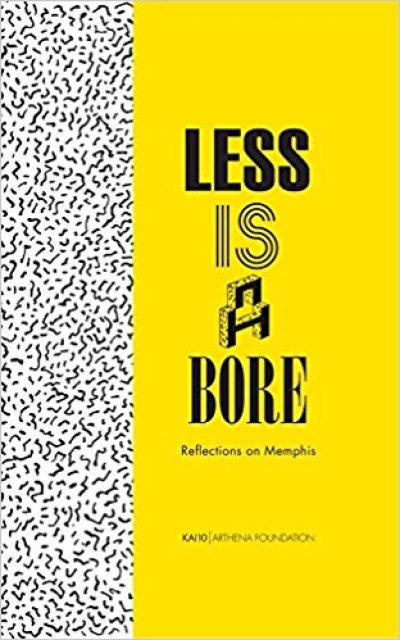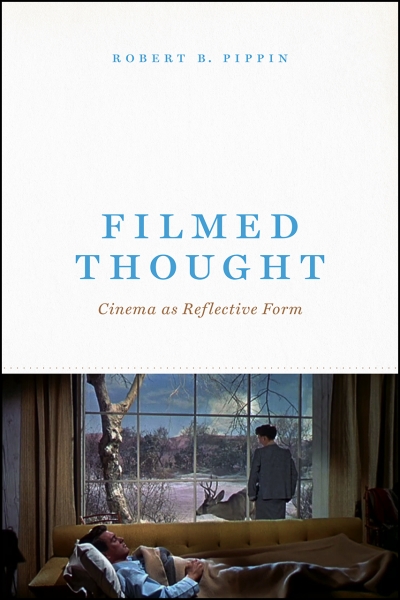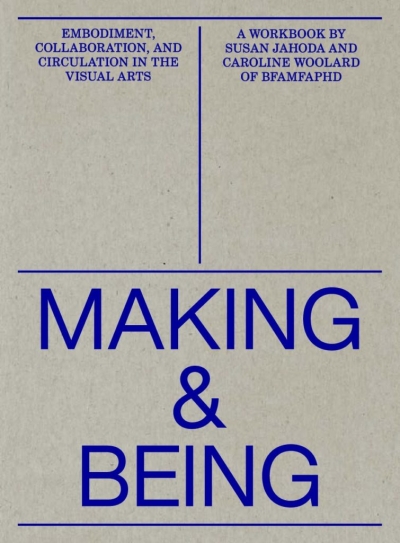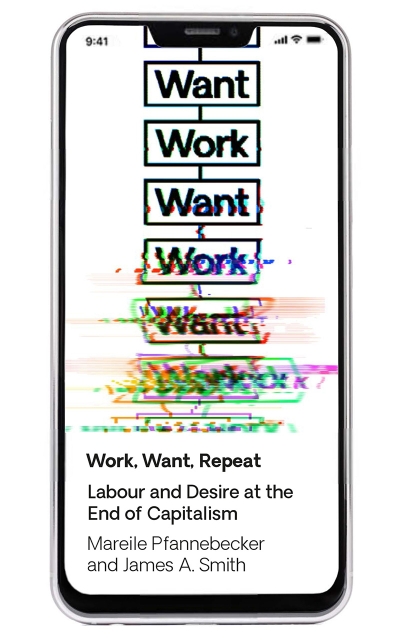
Less is a Bore, Reflections on Memphis
Provokativ und dekorverliebt, den übermächtigen Modernismus herausfordernd und von der Architektur beseelt – so machte das Design der italienischen Gruppe Memphis (1981 –1988) von sich reden. Less is a Bore. Reflections on Memphis stellt das gestalterische Universum der Desginer um Ettore Sottsass in einen Zusammenhang mit Werken der Künstler Raymond Barion, Eva Berendes, Barbara Kasten, Graham Little und Tobias Rehberger. Das Buch skizziert eine gemeinsame Stilgeschichte in Design und Kunst, die aus Phänomenen der Massenkultur sowie aus Mode und Kulturgeschichte Impulse bezieht und sich in einer obsessiven Begeisterung für die Ausdrucksmöglichkeiten von Oberflächen zeigt. Der Band ordnet Memphis in den Kontext von Design, Kunst und Popkultur des 20. und 21. Jahrhunderts ein.
Enamoured of decorative ornament, posing a challenge to all-powerful modernism, and drawing inspiration from the realm of architecture, the provocative designs of Italian group Memphis (1981–1988) caused something of a stir. Less Is a Bore: Reflections on Memphis contextualizes the creative universe of the designers around Ettore Sottsass in relation to the works of artists Raymond Barion, Eva Berendes, Barbara Kasten, Graham Little, and Tobias Rehberger. The book outlines their shared stylistic history in design and art, which has been given impetus by the phenomena of mass culture as well as by fashion and the history of culture and is reflected in an obsessive enthusiasm for the expressive possibilities of surfaces. The book classifies Memphis in the context of the design, art, and pop culture of the 20th and 21st centuries.

































































































